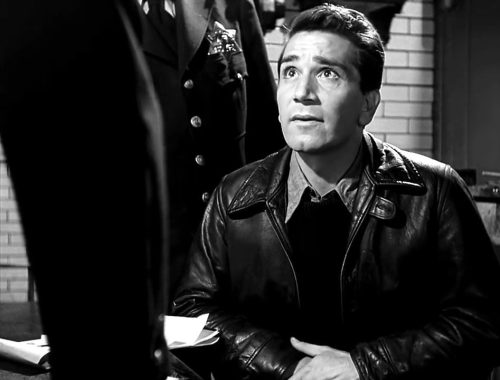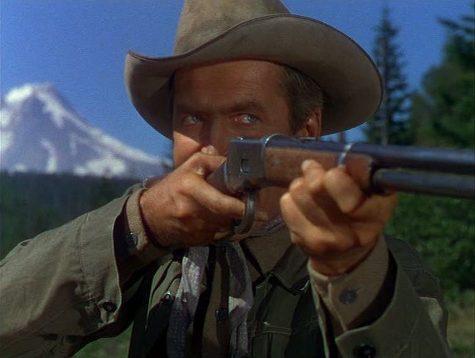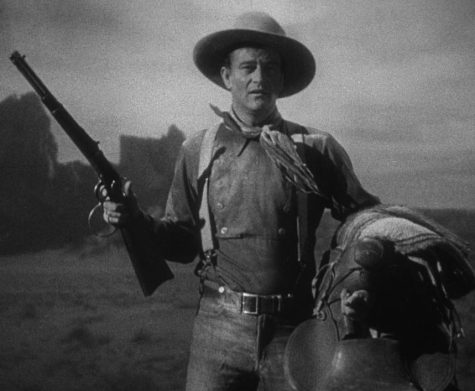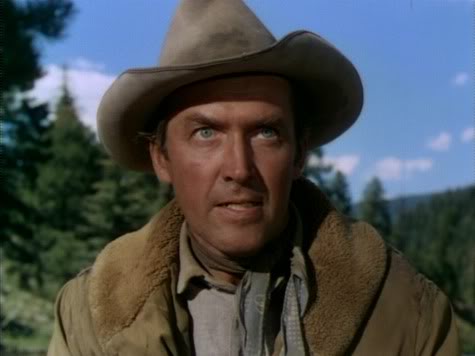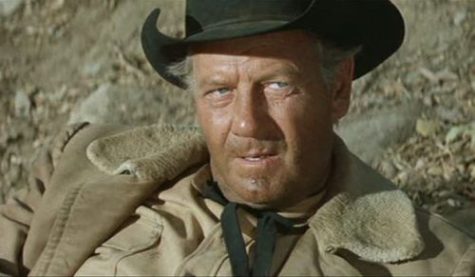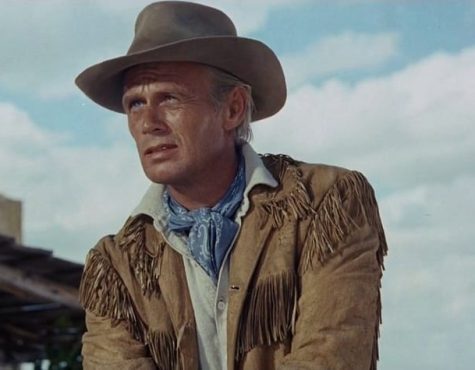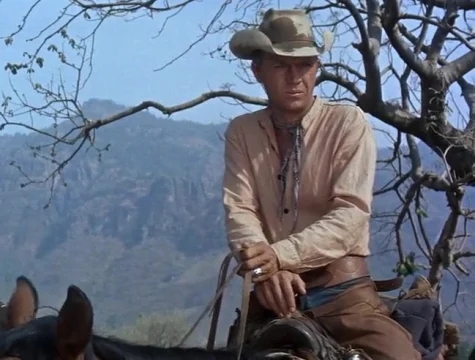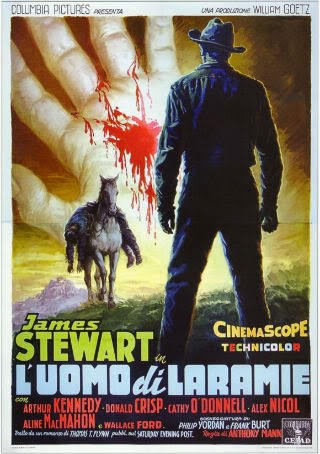To quote Henry Wadsworth Longfellow: “Though the mills of God grind slowly, yet they grind exceeding small.” But what happens if the person trapped between those relentless millstones is actually innocent? What if the pitiless wheels of justice are slowly crushing the wrong man? That’s the conundrum at the heart of Henry Hathaway’s Call Northside 777 (1948). It offers up a premise which is undeniably noir and is frequently referred to as such. I have hung that label on it myself here, not only for the sake of convenience but due to some of its visuals and, of course, that nightmarish scenario on which it is founded. To be honest, it is a socially aware crime picture first and foremost, and I quite understand that some may object to calling it anything else.
The credits are stark, with an austere, no-nonsense quality – crisply typed letters stamped clearly on plain white paper. It’s a matter-of-fact approach mirrored by the voice-over and the documentary tone of the opening, one which takes us back to the final days of the prohibition era in Chicago. In case anyone is unaware of the background, the violence and rampant lawlessness of those days is deftly evoked before attention is focused on one particular killing. The winter of 1932 saw the murder of a beat cop in the parlor of a dingy speakeasy. The bare bones of the affair are laid out before us as well as the arrest and assembly of evidence against the prime suspect, one Frank Wiecek (Richard Conte). Both he and his alleged partner in crime are duly convicted and sentenced to 99 years imprisonment. That’s that, one might say. However, this is only the beginning of our story, and the narrative really kicks in with the appearance of a classified ad in one of the city dailies offering a reward of $5000 for information leading to the exoneration of Wiecek. This catches the eye of newspaper editor Kelly (Lee J Cobb), who asks one of his reporters to look into it. The reporter is a man by the name of McNeal (James Stewart), one of those flip and casual hacks who has yet to hear a sob story he’s not dubious of. What he finds is an old Polish lady (Kasia Orzazewski) scrubbing floors; she’s spent the last eleven long years of her life doing this based on her unwavering faith in her son and her iron certainty that he is no murderer. Her idea was to raise enough money to spark someone’s interest in the case, and if it’s not enough then she plans to keep on skivvying till it is. McNeal is an old pro and has grown a thick hide of cynicism, but he’s not without a heart. True devotion and faith in people is a rare currency and being confronted with it like this plants a seed in what’s left of the reporter’s conscience. What follows is an absorbing search in the past and the present for the truth and a campaign to overturn a miscarriage of justice, starting out as a slow walk and gradually building up to a desperate sprint towards vindication.
Henry Hathaway was a pioneer of the documentary noir approach in the post-war period, with The House on 92nd Street often cited as one of the, if not the, very first examples of this style of filmmaking. While I wouldn’t say I am a fan of the technique on all occasions, it can be powerful and effective when used well. Call Northside 777 is one such occasion, the measured pace and the confidence to allow the natural drama of the story sweep the viewer along is always in evidence. Hathaway was a genuinely great director, a man with a wonderful sense of cinema’s possibilities; he coaxed fine performances from actors time and again and had a way of drawing one into the stories he put up on the screen. The virtual absence of music outside of the credits and the ambient sounds of cheap bars, the assurance of his framing and shot selection, all combine to create suspense from something as mundane as a light flashing on a switchboard, or a needle flickering on a polygraph chart. His spatial awareness is superb too, surely no-one could have better communicated the cold despairing sterility of the prison complex than he did with that shot of endless blank cages opening out onto silent and empty gangways. Then in the latter stages, as the hunt moves to the seedy underbelly of the city, Joe MacDonald’s cinematography conjures fantastic visions of shadow-draped decay.
Without wishing to traipse over old ground yet again, there is such a richness to the screen work of James Stewart after he returned from service in WWII. Capra and It’s a Wonderful Life saw him burrowing into deep reserves and some of that comes through in Call Northside 777 too. Hitchcock and Mann got the very best out of him but Hathaway had him tap into some of his inner conflict as well, just not as far. The narrative requires a shift in his character’s position as the story plays out and it’s to his credit that this is achieved with a smoothness that feels wholly credible. Lee J Cobb could sometimes slip into “big” performances, which though enjoyable can be distracting too. However, he’s nicely restrained as the man whose quiet certainty keeps the investigation moving forward. There’s a playful aspect to his relationship with Stewart, highlighted by his tendency to bend the truth about his soft heart, and Stewart’s making sure he knows he won’t be taken in by it.
Richard Conte was another who was capable of brashness and showiness, but he keeps all of that carefully under wraps. His is a remarkably quiet performance, consistent with a man conditioned to keeping his head down and aware that taking the long view is the best way to survive. His one moment of breaking through that cautious front comes when Stewart has thoughtlessly jeopardized the cocoon of respectability he has painstakingly built around his former family, and even here his anger is contained and dignified. Helen Walker has a simple role as Stewart’s wife, nothing demanding but she brings warmth to it. There are small parts for John McIntire and E G Marshall among others. I also want to mention the work of Kasia Orzazewski as Conte’s mother. It’s the kind of part where it would have been easy to allow an excess of sentiment to spill out. Yet the actress holds that in check, her pride and grit and sorrow are all apparent but they never overwhelm and consequently she touches the viewer’s heart every bit as much as she did that of Stewart’s skeptical reporter.
Call Northside 777 has long been available on DVD. To the best of my knowledge, the only version on Blu-ray is a German disc, which doesn’t sound as though it represents a major upgrade. Seeing as this is a Fox title , it’s hard to say if there is any possibility of further editions appearing. This is a movie I first saw back in my early teens. It gripped me at the time and the intervening years haven’t altered my opinion of it any. It is a fine picture and well worth a revisit.

